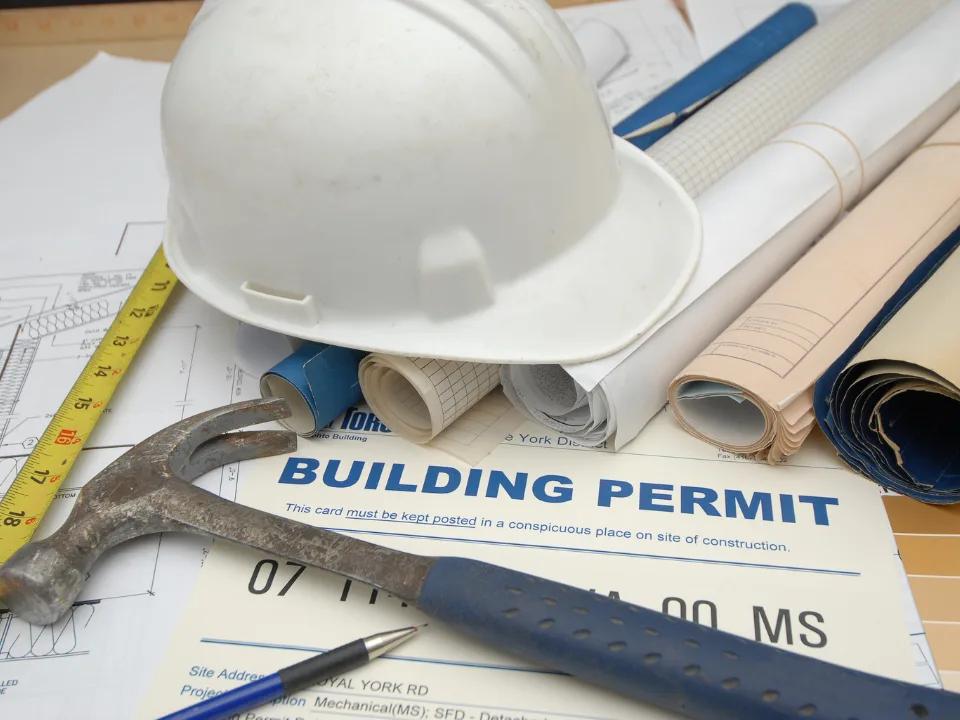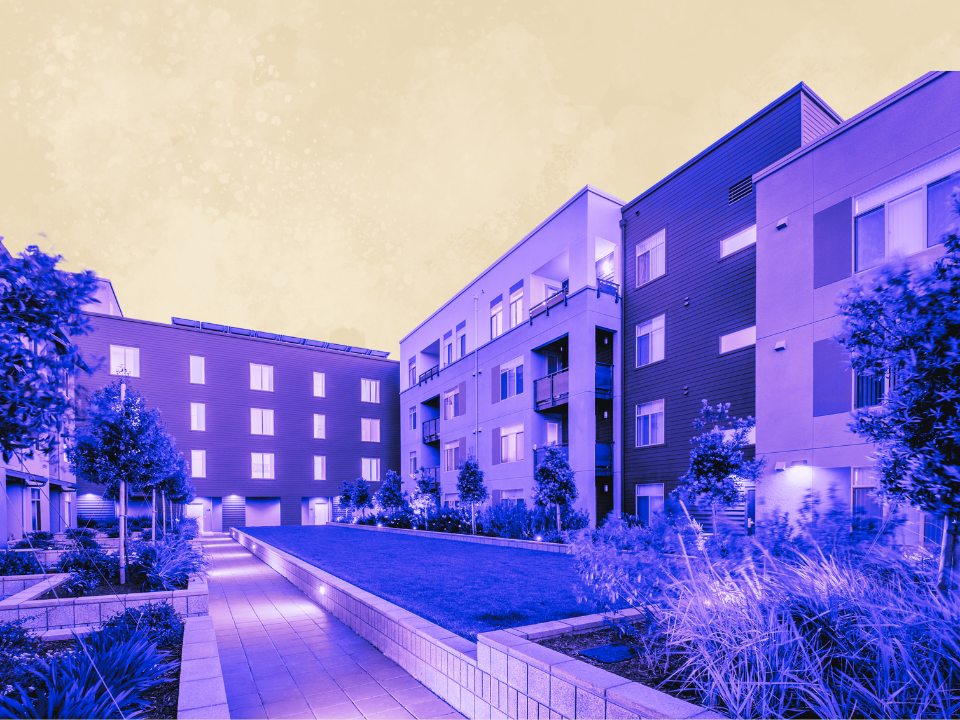- Secondary markets in the Midwest, Northeast, and South are seeing increased apartment asking rates, with cities like Albany and Milwaukee reporting over 2% growth.
- In contrast, major high-growth areas like Atlanta and Austin are experiencing stagnating or declining rents, attributed to an oversupply during the pandemic.
- Yardi predicts a minor economic downturn, exacerbated by higher consumer debt levels, but anticipates eventual improvement following interest rate adjustments by the Fed.
The U.S. multifamily housing market is exhibiting divergent trends, with secondary markets witnessing an upswing in rental asking rates while traditionally strong markets face declines.
Tale of Four Regions
Despite the overall economic gloom, certain regions in the U.S. are bucking the trend with notable rent increases. Cities such as Milwaukee, Louisville, and Richmond are among those where rents have risen by more than 2%. This growth contrasts sharply with significant markets in Florida, Texas, and other high-growth cities like Raleigh-Durham, where rents have either stagnated or decreased.
Pandemic darlings like Florida and Texas are finally seeing lower asking rents, a stark contrast to secondary markets across the Midwest, Northeast, and South, which are gaining steam. Of the 20 major metro markets where rents fell this year, nine are in Florida and Texas. Meanwhile, rents have gone up at least 2% in Albany, Milwaukee, Worcester-Springfield, Louisville, and Cincinnati.
Why It Matters
Yardi’s data points to a complex relationship between rental growth and market saturation, and the firm predicts a gradual rebound in oversupplied areas once excess units are absorbed. Economic indicators suggest potential challenges ahead, such as a ‘modest’ downturn that could lead to consumer stress.
But despite short-term challenges, employment shows resilience, particularly in skilled and unskilled labor and healthcare. Yardi forecasts stronger rental growth in coming years, anticipating a potential rebound once the downturn is over.

















